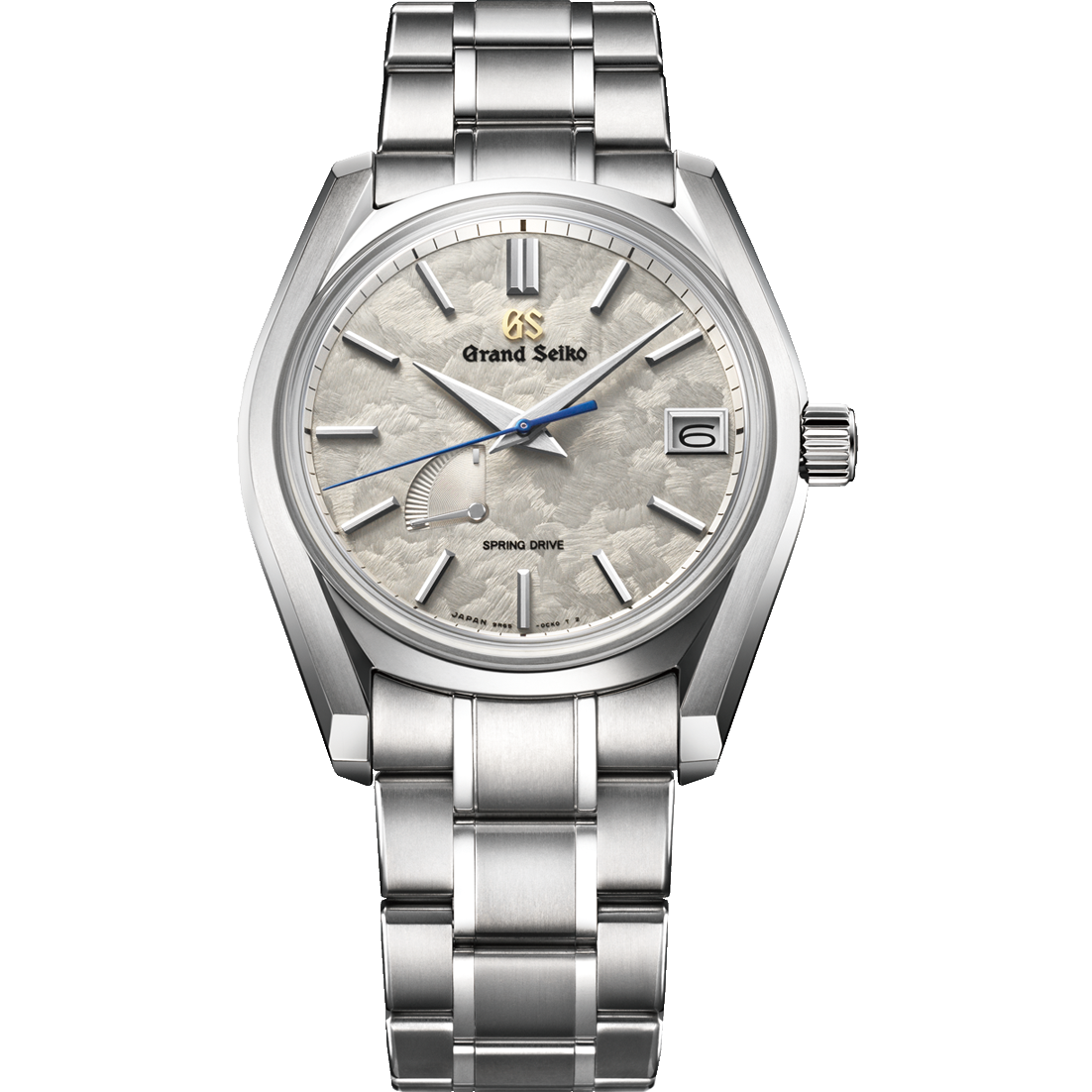Free & Fast USA Shipping Learn More
Why Grand Seiko Cases Stand Out: The Different Metals Used

Grand Seiko is a renowned Japanese watchmaker known for its high-end watches made with precision and craftsmanship. Their watches are not only known for their accuracy but also for their unique and stylish cases. Grand Seiko cases stand out from the rest due to the different metals used in their construction. The company uses a variety of metals to create cases that are both aesthetically pleasing and strong.
The metals used by Grand Seiko in their cases are some of the highest quality available. The company uses titanium, stainless steel, and even gold to create attractive and durable cases. This blog will walk you through the different metals used in Grand Seiko cases.
Grand Seiko Stainless Steel
Grand Seiko watches are made from 316L stainless steel, a material praised for its low carbon content, anti-magnetic properties, and corrosion resistance. This alloy is superior to the usual 304 stainless steel due to its inclusion of molybdenum, a silvery-white metal that boosts the alloy’s strength and corrosion resistance. This makes it a great choice for the rigorous manufacturing process of Grand Seiko watches.
Grand Seiko’s steel cases are perfectly polished using the renowned Zaratsu technique. This finishing method demands great expertise and creates an unrivaled, distortion-free look. The cases are also adorned with hairline finishing that provides an eye-catching contrast, and this combination of techniques gives Grand Seiko watches their signature appearance.
Grand Seiko Titanium
Titanium is prized for its corrosion resistance, lightness, and hypo-allergenicity. Grand Seiko uses two alloys, High-Intensity Titanium and Brilliant Hard Titanium, on most of its titanium-cased watches. SBGA211, “Snowflake,” SBGA413, and SBGA415 from the Japan Seasons Collection, and SLGA001 are some models that use the alloys. SBGR305 and SBGW259 are two watches released by an independent Grand Seiko that use Brilliant Hard Titanium.
Grand Seiko’s High-Intensity Titanium and Brilliant Hard Titanium have a much brighter finish than other grades of titanium. They are finished to a high standard using the Zaratsu technique, which had to be adapted from stainless steel to work with titanium’s distinct properties.
Compared to its stainless steel equivalent, the titanium watch is notably lighter. For instance, the SBGA229 in stainless steel is 201 grams, while the identical design in titanium (SBGA231) weighs only 137 grams. That’s a difference of 32%, which is quite striking when worn on the wrist. Even if you’re not used to a titanium watch, the lightweight sensation quickly becomes comfortable.
Grand Seiko Gold
Grand Seiko uses 18k yellow, rose, and white gold for most of its watches and platinum 950 for limited edition models. Cold forging creates a precise case shape with a harder metal that can better withstand re-polishing.
Grand Seiko had to develop a special finishing process to prevent small holes from being created in the surfaces of platinum cases due to the soft and sticky nature of the metal. This process took a year to perfect and involves carefully adjusting the rotation speed and force of the polishing disc to achieve the desired sharpness without damaging the case.
Conclusion
Grand Seiko watches stand out due to their use of different metals, such as stainless steel, titanium, and gold, chosen for their durability, strength, lightness, and corrosion resistance. These metals provide a unique look and ensure that Grand Seiko timepieces remain reliable and stylish for many years.
Crystaltimes is the go-to source for all your Seiko mod parts needs. We offer a wide selection of cases, case backs, bezels, bezel inserts, crowns, chapter rings, dials, and movements to ensure you get the perfect crystal for your watch.


